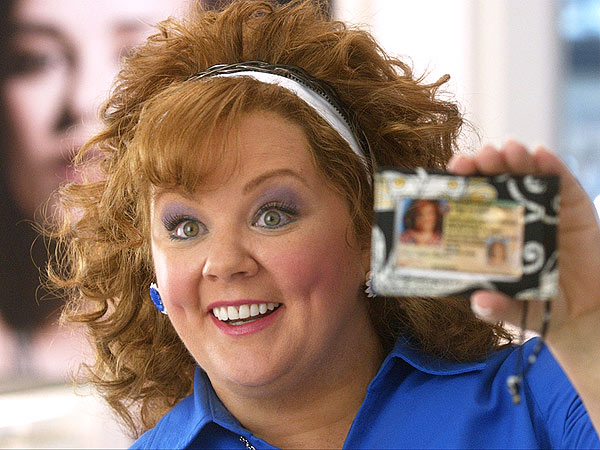India’s Gross Domestic Product is expected to drop significantly to 5 percent for the fiscal year ending in March 2013, according to advance estimates released by India’s Central Statistics Office on Thursday, declining from 6.2 percent growth rate seen in 2011-2012.
The estimate by the Central Statistics Office represents a marked drop from earlier growth projections issued by the government for this year. In January, the central bank projected G.D.P. growth of 5.5 percent for the current fiscal year, a decline from an earlier estimate of 5.8 percent.
The provisional estimates are contingent upon the “anticipated level of agricultural and industrial production, analysis of budget estimates of government expenditure and performance of key sectors like, railways, transport other than railways, communication, banking and insurance, available so far,” the report said.
According to the preliminary data released on Thursday, national income registered a growth rate of 4.2 percent in the current fiscal year as compared to 6.1 percent in the previous year, and per capita income grew at a rate of 2.9 percent as compared to 4.7 percent growth last year. Meanwhile, capital investment in the country is expected to drop to 2.48 percent from 4.39 percent in the previous year.
Slow growth may be attributed to the sluggish performance of the manufacturing, agriculture and services sector. The manufacturing sector is expected to grow by 1.9 percent this year, while India’s farm sector is projected to grow at an estimated 1.8 percent.
The services sector saw a decline in its growth rate from previous years, expanding by 6.6 percent, the lowest in over a decade. Other sectors that are expected to have performed relatively poorly include electricity, gas & water supply (4.9 percent growth) and mining and quarrying (0.4 percent growth).
Sectors that have performed relatively well with a growth rate of over 5 percent are construction, the trade, hotels, transport and communication sector, the financing, insurance, real estate and business services sector, and the community, social and personal services sector.
As India prepares to for a national election in 2014, slowing economic growth is putting pressure on the current government to push for reform. The projection of 5 percent GDP growth is the lowest figure since 2002-2003 when the GDP grew at 4 percent, after which the Indian economy has grown at an average of 6 percent each year.
This year, the government has taken measures to rein in the fiscal deficit to 5.3 percent of GDP, has raised the price of fertilizer and diesel, and has allowed further foreign investment in the retail sector by opening up the insurance, pension and aviation sectors for foreign investment. On Jan. 29, India’s central bank lowered its benchmark interest rate for the first time in nine months to fuel higher growth.
If India continues on the reform path, analysts believe that strong growth will resume in the coming year.
“The government’s advance estimates for real GDP growth at 4.9% is disappointing, especially coming on the back of a downward revision in growth for FY2012 from 6.5 percent to 6.2 percent,” said Ms. Bhupali Gursale, an economist at Angel Broking. “On a positive note though, with the government pushing ahead its reform agenda, the outlook for growth in FY2014 is likely to improve.”










